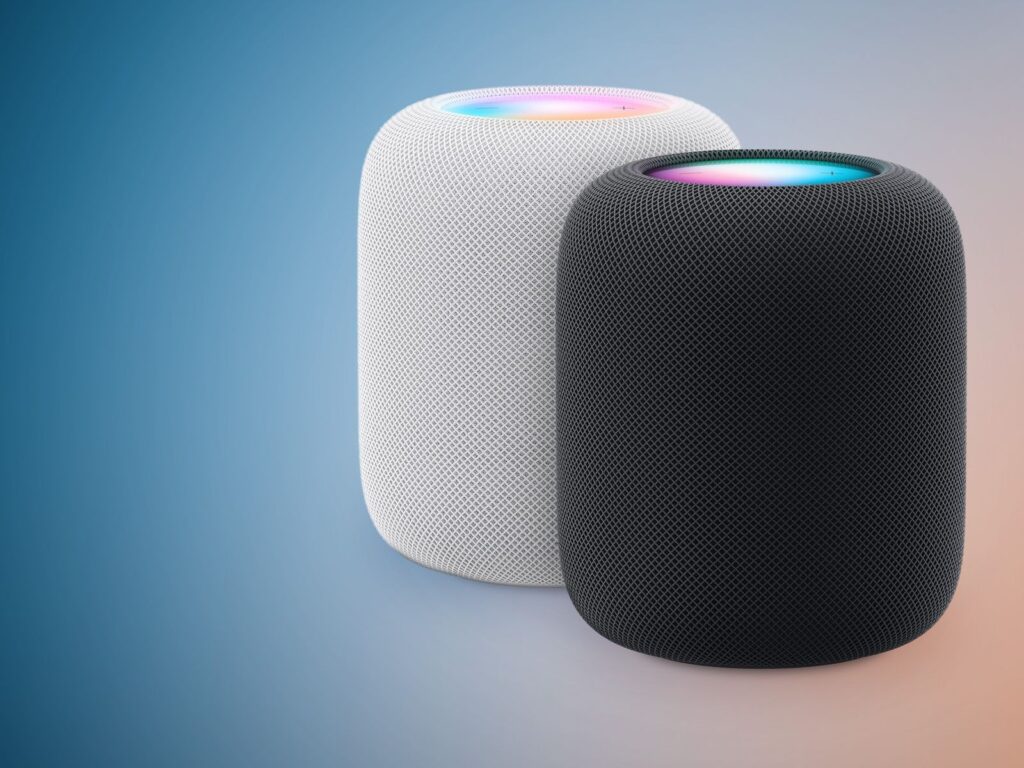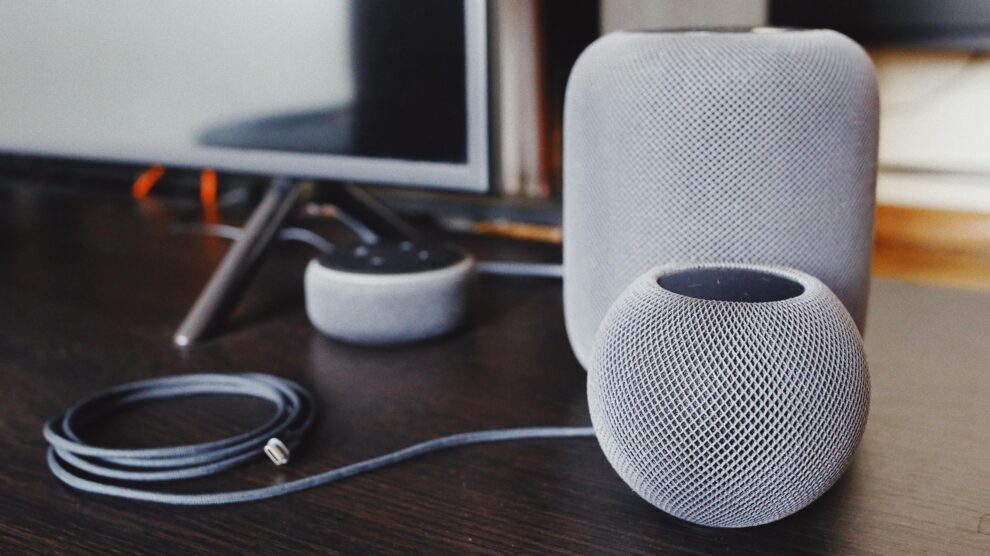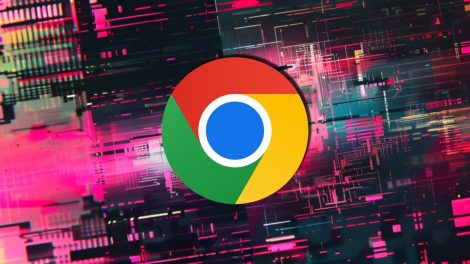
Understanding Apple’s “Vintage” Classification
To fully appreciate the significance of this development, it’s crucial to understand what Apple means by “vintage.” According to Apple’s own definitions:
- A product is considered “vintage” if it has been discontinued for more than five years but less than seven years.
- This classification sits between “current” products and those deemed “obsolete.”
This categorization is not unique to the HomePod; it’s a standard practice Apple applies across its entire product range, from iPhones and Macs to accessories like the HomePod. The vintage status serves as a clear indicator of where a product stands in its lifecycle and what kind of support users can expect moving forward.
The HomePod’s Journey to Vintage Status
The timeline of the first-generation HomePod provides context for its new vintage classification:
- The original HomePod was introduced in 2018, marking Apple’s entry into the high-end smart speaker market.
- Despite its impressive audio quality, the HomePod faced challenges in the market, including its high price point and limited smart home integration compared to competitors.
- Apple discontinued the first-generation HomePod three years ago, in 2021, replacing it with the more affordable HomePod mini.
- Now, in 2024, the original HomePod has been officially classified as vintage.
This progression illustrates how quickly technology can evolve. In just six years, the HomePod has gone from being Apple’s flagship smart speaker to a vintage product. This rapid transition reflects both the pace of technological advancement and the competitive nature of the smart home market.
Implications for HomePod Owners
The vintage classification has several important implications for those who own and use the first-generation HomePod:
Limited Repair Availability
Apple may still offer repair services for vintage products, but with significant caveats:
- Repairs are subject to parts availability.
- The window for potential repairs is limited to approximately two more years after the vintage classification.
- After this period, finding official support or repairs for the HomePod will become increasingly difficult, if not impossible.
End of Software Updates
Perhaps the most significant impact for users is that the HomePod will no longer receive software updates from Apple. This means:
- No new features will be added to the device.
- Security updates may no longer be provided, potentially leaving the device vulnerable to newly discovered exploits.
- Compatibility with newer Apple services or smart home standards may gradually degrade over time.
Potential for Reduced Functionality
As the HomePod ages without updates, users might experience:
- Reduced compatibility with newer iOS devices or Apple services.
- Potential issues with smart home integrations as standards evolve.
- Gradual degradation of voice recognition or other AI-dependent features as Apple’s voice assistants advance.
The Broader Context of Apple’s Product Lifecycle Management
The HomePod’s transition to vintage status is not an isolated incident but part of Apple’s broader approach to managing its product ecosystem:
Encouraging Upgrades
By clearly delineating the lifecycle of products, Apple subtly encourages users to consider upgrading to newer models. This strategy helps maintain a customer base that’s largely using current or recent hardware, which in turn:
- Simplifies software development and support
- Ensures users have access to the latest features and security measures
- Drives continued sales and revenue for the company
Balancing Support and Innovation
Apple’s vintage and obsolete classifications represent a balance between:
- Providing long-term support for products
- Allocating resources to develop new technologies and products
- Managing the complexity of supporting an ever-growing ecosystem of devices
Looking Forward: The Future of Smart Home Technology
The HomePod’s journey from cutting-edge to vintage in just six years highlights the rapid pace of change in smart home technology. As we look to the future, several trends emerge:
Increased Integration
Future smart speakers are likely to offer even deeper integration with other smart home devices and ecosystems. The challenge for consumers will be choosing products that offer longevity and continued support.
Focus on Privacy and Security
As smart home devices become more prevalent, concerns about privacy and security will likely drive innovation in how these devices handle and protect user data.
Sustainability Concerns
The rapid obsolescence of technology raises important questions about electronic waste and sustainability. Consumers and manufacturers alike may need to consider the environmental impact of the quick turnover of smart home devices.
Conclusion: The Vintage HomePod as a Technological Milestone
The classification of the first-generation HomePod as vintage marks a significant milestone in the evolution of smart home technology. It serves as a reminder of how quickly the tech landscape can change and the challenges consumers face in keeping up with these changes.
For HomePod owners, this transition may prompt decisions about whether to continue using their devices with limited support or to consider upgrading to newer models. For the broader consumer market, it offers valuable insights into the lifecycle of smart home products and the importance of considering long-term support when investing in new technology.
As we move forward, the story of the HomePod’s journey to vintage status will likely be repeated with many other devices. It underscores the importance of staying informed about product lifecycles and making thoughtful decisions about when to adopt new technology – and when to let go of the old.










Add Comment